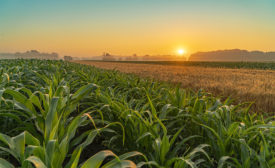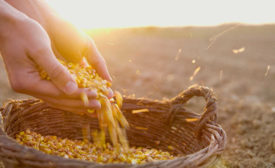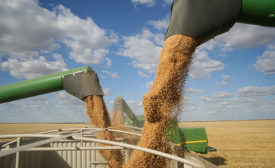ARTICLES
Special Report | State of the Industry 2020
Epic disruption: 2020 state of the industry overview
Any plans for 2020 were shredded as the novel coronavirus spread, and today the animal protein industry is still finding its way through the mess of a COVID-19 pandemic that hasn’t yet ended.
Read More
Business Strategies | 2020 Crop Report
2020 Crop Report: Buyer’s market, despite uncertainty
Read MoreState of the Industry 2019 | Overview
State of the Meat and Poultry Industry 2019: Maze runners
As consumer demand branches off in every direction imaginable, meat and poultry processors are forced to traverse numerous trails and form new alliances, hoping to find success and avoid dead ends.
Read More
Business Strategies | 2019 Outlook
2019 Meat & Poultry Industry Outlook: A box of chocolates
Plenty of delicious opportunities exist for the industry, but 2019 could also produce some undesirable outcomes if the wrong choices are made.
Read More
State of the Industry 2018
State of the Meat and Poultry Industry 2018: Will the stars stay aligned?
The industry's recent hot streak has been fueled by consumer demand and favorable market conditions, but as always, challenges and uncertainty loom over the horizon.
Read More
Business Strategies | 2018 Outlook
Pendulum swings positive for meat and poultry industry
With fewer wild cards, the outlook for 2018 appears to offer more promising possibilities for the meat and poultry industries.
Read More
State of the Industry
State of the Meat and Poultry Industry 2017
Can industry keep the bubble inflated?
Read More
Stay ahead of the curve. Unlock a dose of cutting-edge insights.
Receive our premium content directly to your inbox.
SIGN-UP TODAYCopyright ©2024. All Rights Reserved BNP Media.
Design, CMS, Hosting & Web Development :: ePublishing










